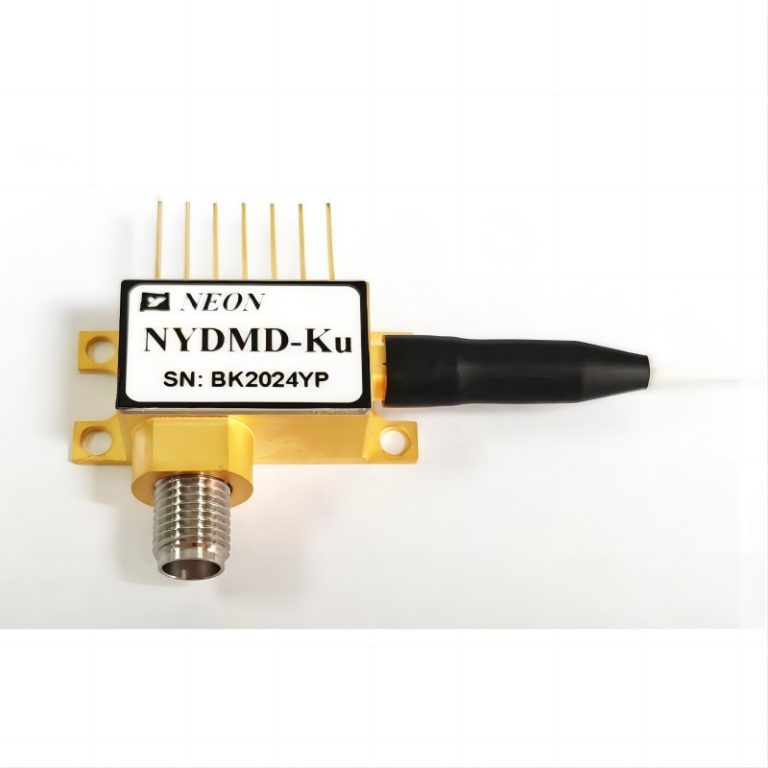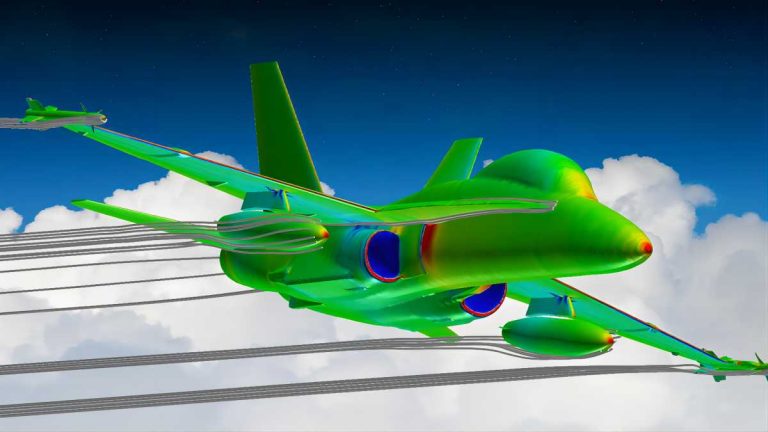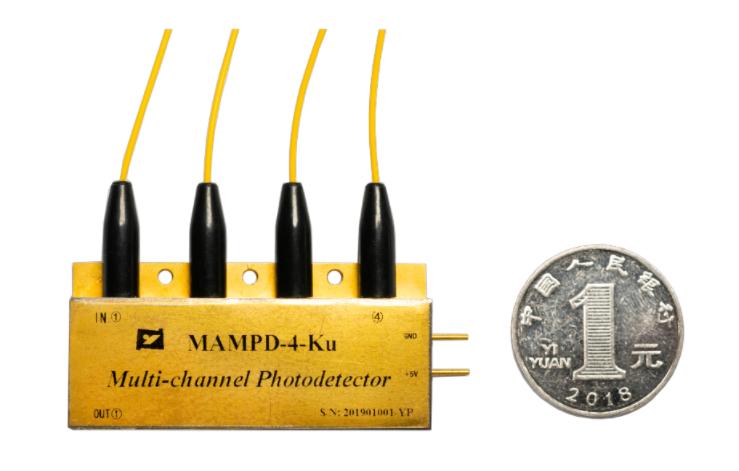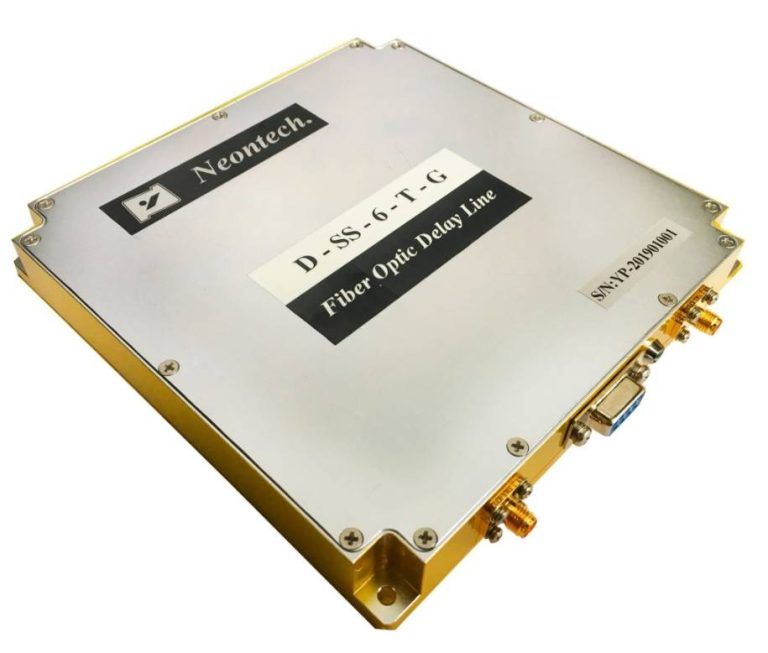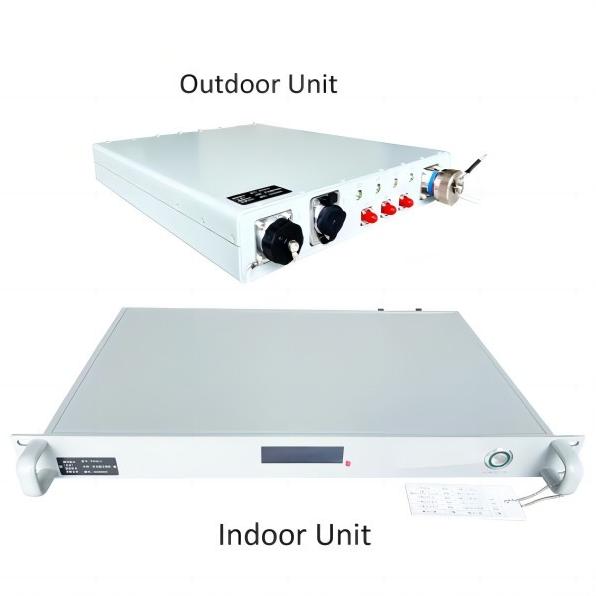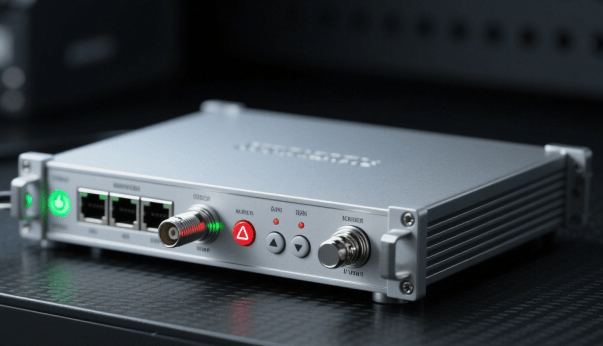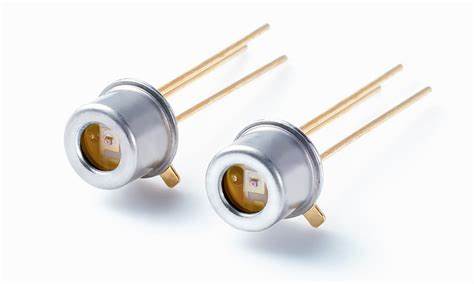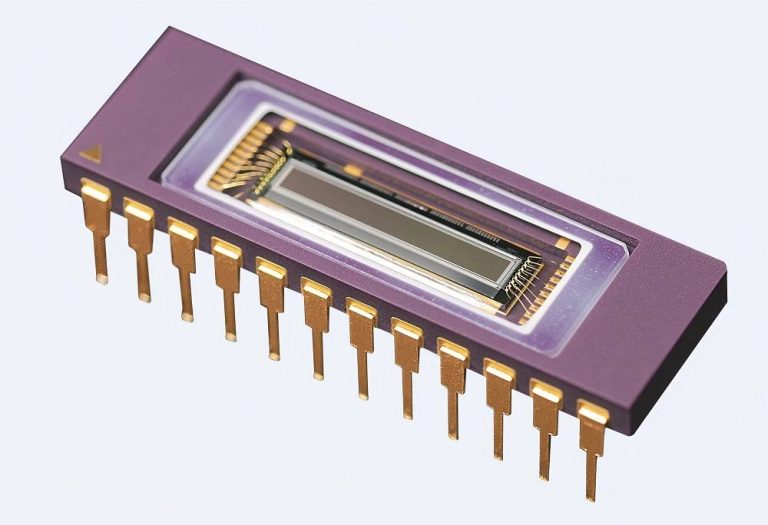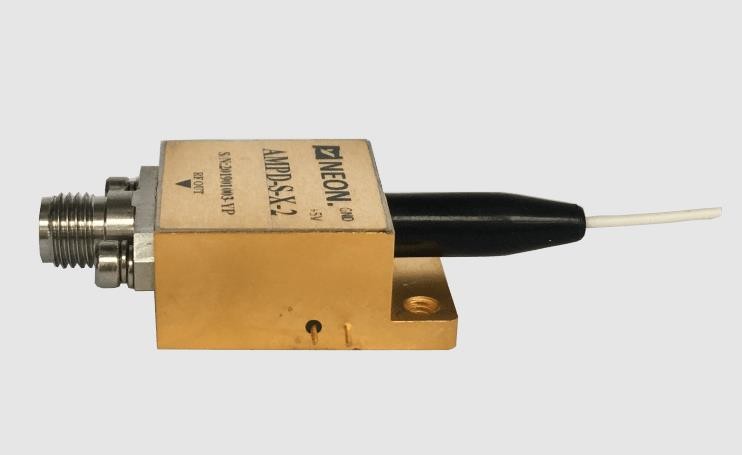What Is a DFB Laser? Understanding the Working Principle Behind Single-Mode Lasers
Modern photonic systems rely on laser sources that must provide both optical power and maintain stable wavelengths with high spectral purity and sustained operational reliability. The technology finds its greatest applications in dense wavelength division multiplexing (DWDM) systems as well as fiber-optic sensing and precision measurement systems. The DFB laser has emerged as the leading…

